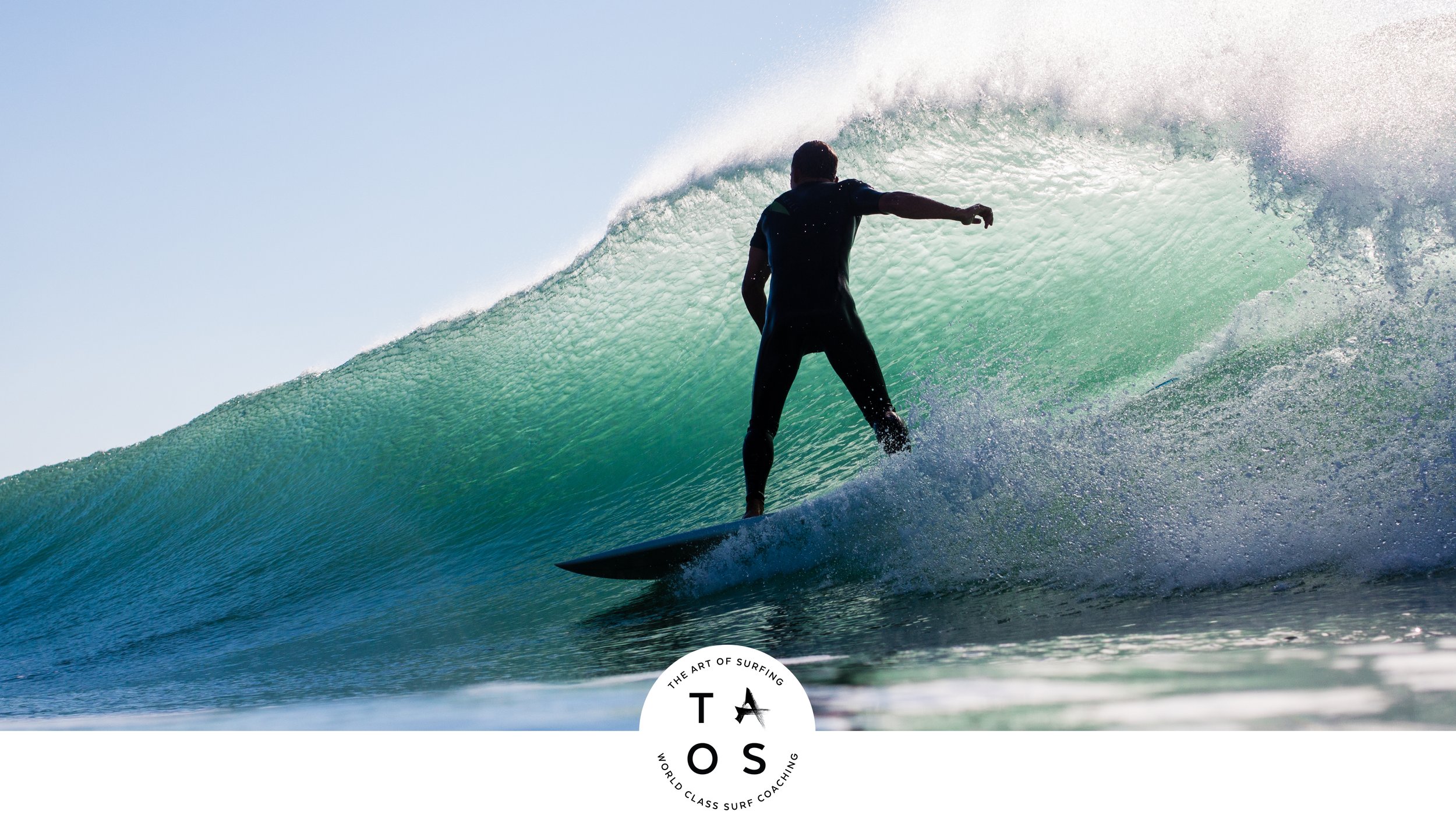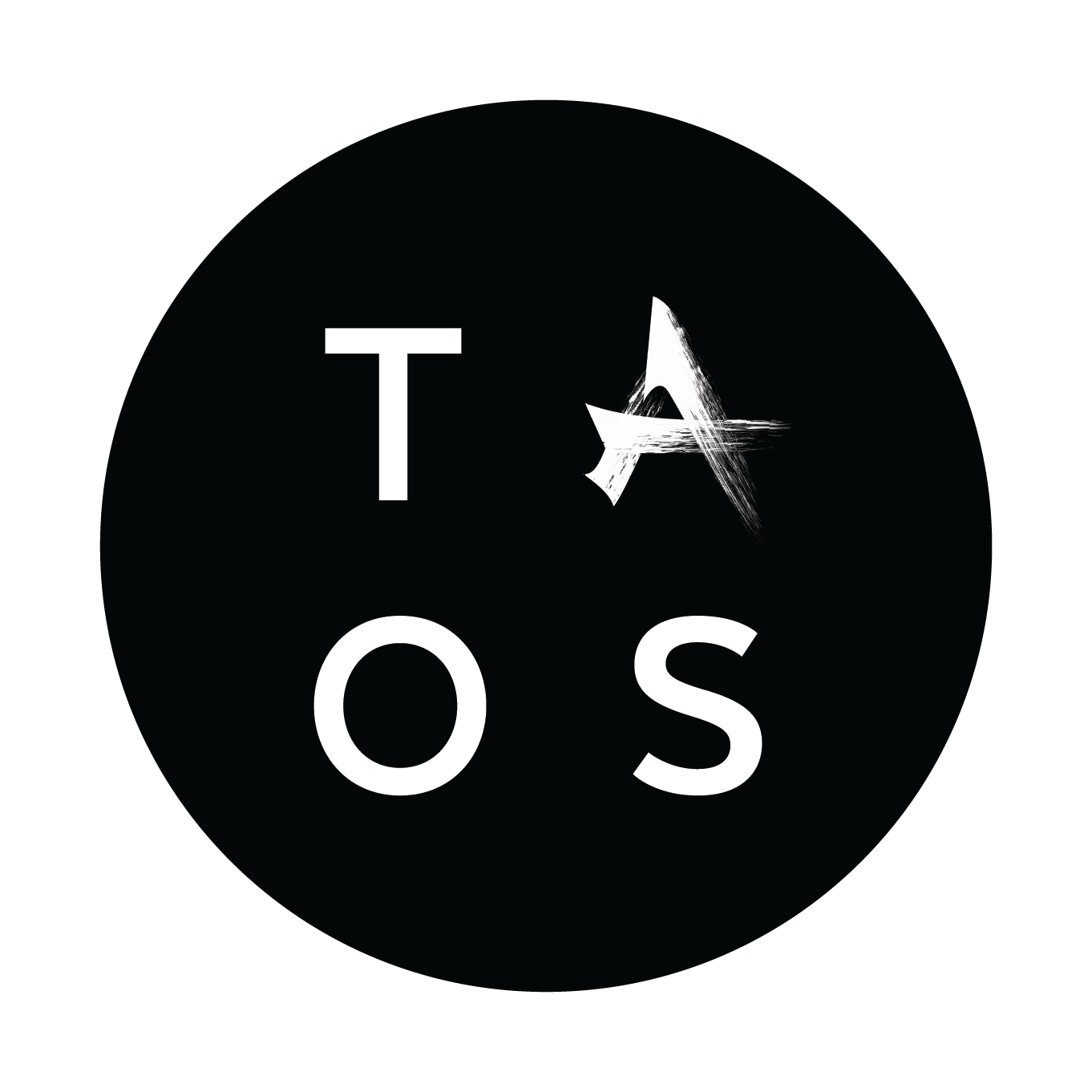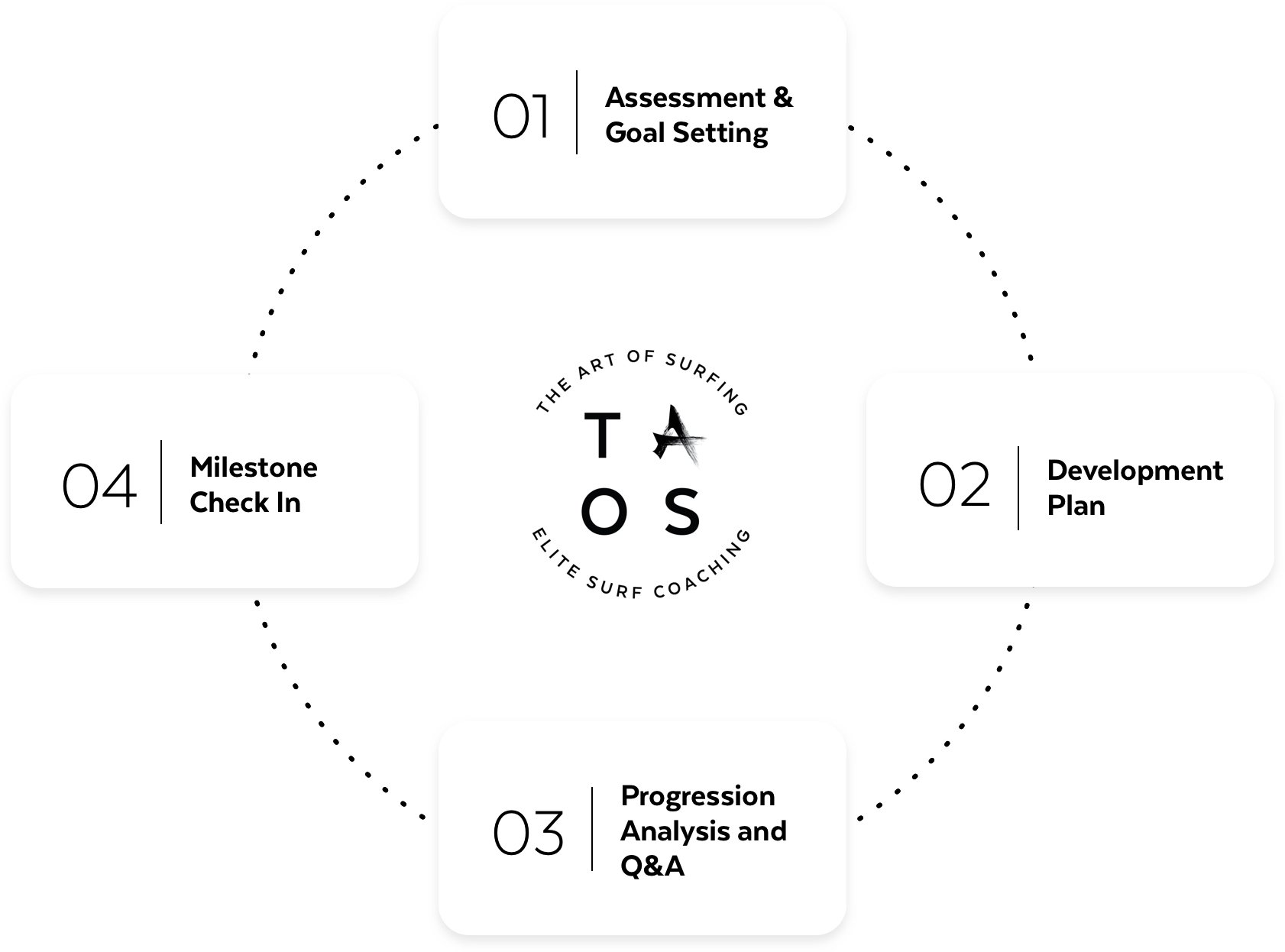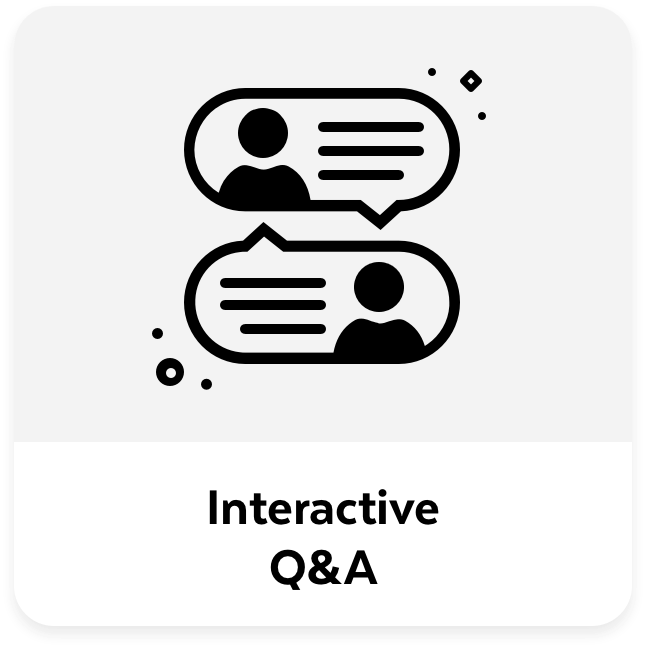
TAKE CONTROL OF YOUR SURFING
TAOS Remote Coaching
Ongoing remote coaching for the everyday surfer.
As part of TAOS Remote Coaching, you’ll receive monthly personalized one-to-one remote coaching from Matt Scorringe. You’ll go through ongoing Remote Coaching Cycles with a clear development plan specifically tailored to help you break through barrier after barrier.
Key Features
How It Works
01 — Surfing Assessment
At the start of the cycle, you will upload some recent footage for Matt to analyse and assess your current surfing and key work on’s. An assessment video with Matt’s initial thoughts and feedback will be created for you at this stage.
02 — Development Plan
Matt will then create a personalized development plan with both long-term and short-term goals for you to work on. This will consist of 2-3 video reviews breaking down exactly what you need to work on and how to build them into your own surfing.
03 — Progression Analysis & Q/A
Each week, while you’re working on your technique you’ll have the opportunity to check in with Matt to ask any questions and at the end of every 4-week cycle, you’ll upload new footage so Matt can provide ongoing feedback to keep your progression moving forward month to month.
04 — Milestone Check In
At the end of every 4-week cycle, you’ll upload a collection of footage from the month. This is where we’ll check in on your milestones as they relate to your short-term and long-term goals. Matt will re-analyze your progression and update your development plan providing another round of video reviews for you to move forward with.
TAOS REMOTE COACHING
Ongoing Remote Coaching with Matt Scorringe, minimum 3 months commitment.
What you’ll need.
The biggest misconception about remote coaching is that you need substantial amounts of footage. In fact the opposite is true, at each stage of the cycle you’ll only need a handful of waves both forehand and backhand. Why?
Technique is telling.
You don’t need a camera set up either, iPhone footage is often good enough. We’ve put together a filming guide to make it easy for you to take part in a cycle, no matter your resources.
A TAOS member’s cycle experience.
10,000 miles is a long way, but with TAOS Remote Coaching Cycles it’s no barrier to working with an Olympic coach. Read how one NYC-based TAOS member’s surfing went from mid-face to vertical with TAOS Remote Coaching.
How to make the most of your TAOS Remote Coaching.
Train on land
During remote coaching, you’ll work on movement patterns in the water to develop a maneuver. To get the most out of your remote coaching we recommend that you supplement with land-based movement training. This will help you progress as quickly as possible.
Be focused in the water
One of the most important aspects of progressing your surfing is to focus on the technique that you are working on in the water. Matt will provide training drills and strategies within your coaching videos to help you work towards your surfing goals in a structured way.
FAQ’S
-
HOW IT WORKS
Once you have completed payment you will then receive an email welcoming you and linking you to the CoachNow app to create an account.
Matt will then contact you within CoachNow to kick things off and ask what your current goals are and you can upload your first submission of footage into the Coach Now app for assessment.
-
Yes! Our coaching fundamentals are exactly what you need if you are beginning in the sport. Plus we will personalise any higher-level work on’s we think you are ready for that will give you the knowledge you need to progress.
-
TAOS remote coaching is for you whether you started later in life and are a beginner to intermediate surfer or are at a high level. Our personalized coaching approach is designed to help surfers across any spectrum progress.
-
Yes, whether you’re surfing a midlength or shortboard all the fundamental aspects of surfing apply. Longboarding takes a different approach and we’re not a long-boarding-specific platform, however, we have coached plenty of longboarders on the key fundamentals to surf better right through to hanging five.
-
You only need a wave or two forehand and backhand to get things going - and we have a 2 minute limit on footage for each monthly cycle. Technique is telling so we don’t need much to see what you need to work on.
-
Each month we will have a check-in on your progression. So every 3-4 weeks you will be expected to upload some new footage of you working on your tips. We understand some months getting surf and footage is easier than others so we are always working in with you to be flexible on when the next round of reports will be delivered, but one check-in per month is the goal.
-
If possible you will need 1-2 minutes of footage each month. This is usually a few waves on your forehand and backhand on the key things you are working on during that point of the cycle. We have a useful guide on the Remote Coaching page on how to film.
-
You’ll get to interact with Matt at multiple points during the TAOS Remote Coaching Cycle. You’ll be in regularly contact through the video reviews every 4 weeks and then between those through audio Q&A to check in on your progress every two weeks.
-
TAOS is a global platform so due to time zones, we ask you to allow 24-48 hours for Matt to reply to a question during the Q&A period of each cycle. Monthly check-ins allow 2-4 days for Matt to return your complete video reports with detailed analysis and feedback.
-
Land-based training is prescribed case by case, but we usually recommend some form of land-based training to complement your in-water work on’s as it’s how you’ll get the repetitions you need for the water.
-
This is up to you, we often provide surf skate drills to complement the in-water work on’s where we find they will support the learning of the movements required as it will help you get the repetitions you need for the water. However if surf skating isn’t something you are comfortable with we can provide alternative landbased exercises to achive the same goal.
-
Level 1 - Novice.
Here’s how to tell if you’re a novice surfer:
You’ve been surfing for 1-2 years
You can paddle through the white water
You can catch unbroken waves by yourself
You’re able to predict if a wave will be a right or a left
You have difficulty identifying the ideal peak positioning for take-off
Your pop-up is inconsistent and your foot positioning is a mixed bag
You can’t go left as well as you go right, or vice versa
Level 2 - Intermediate
Here’s how to tell if you’re an intermediate surfer:
You have at least 2-3 years of surfing experience
You can paddle out the back unassisted in 3-4ft surf
You can duck dive competently
You’re starting to try different board shapes, slowly surfing smaller funboards or fish-shaped boards
You’re able to angle your take-off and go down the line on a wave
You’re starting to attempt basic maneuvers
Level 3 - Advanced
Advanced surfers can take off in a deeper, faster section of the wave and surf top to bottom. They can successfully complete committed maneuvers (such as snaps and re-entries) in the critical part of the wave.
Here’s how to tell if you’re an advanced surfer:
You’ve been surfing for many years and have experience in a wide range of surfing conditions
You’re comfortable in solid 4ft surf
You ride high-performance shortboards
You can take off deep behind the peak
You aim to surf top to bottom in the critical part of the wave
You can perform standard maneuvers successfully most of the time
You are starting to try progressive maneuvers with at least some success










